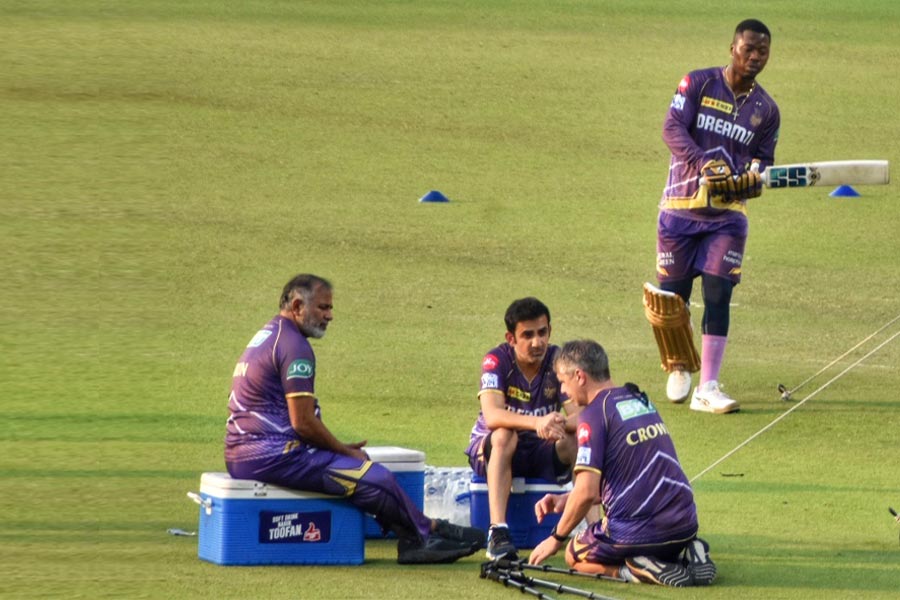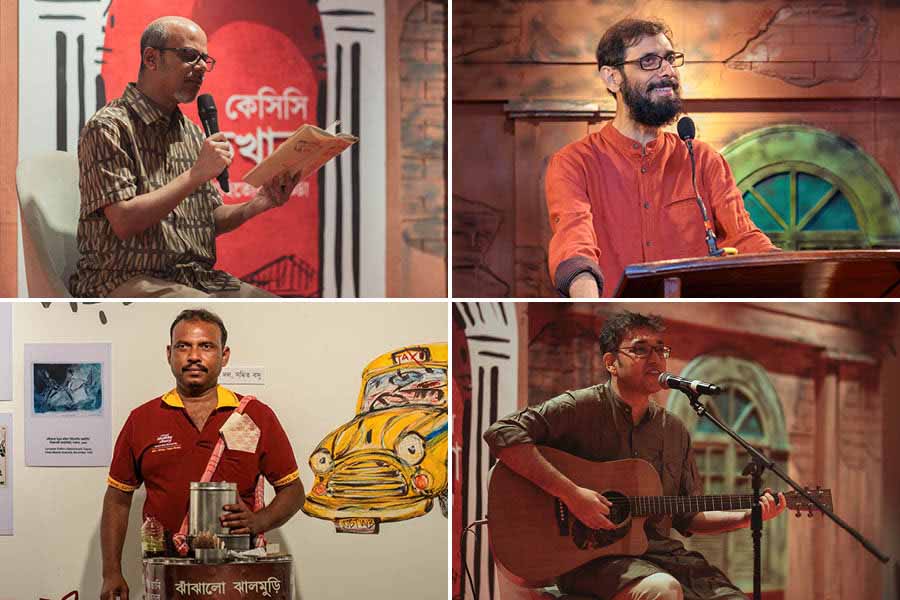Smritiparna Sengupta asks her audience, “Do you like fairy tales?” The 29-year-old is conducting a storytelling session in south Calcutta’s The Doodle Room. Six children aged between three and nine nod their heads.
Humaira points at her pink tee, it has a picture of two princesses, Elsa and Anna, from the film, Frozen. Dhruv, who’s the only little man around, remarks, “I do not like fairy tales. I like dinosaurs. Girls like fairies, boys don’t.”
Spandana offers to narrate the story of Cinderella. She knows it all right but not even halfway through her narrative, once she figures out she does not have everybody’s attention, she starts to adjust her hairband, scratch her toes, stops to stare at the wall. Once she completes her narration, Smritiparna begins hers. “Long long ago...,” she says in a sing-song voice.
This session has been named Reverse Fairy Tales. The idea of reversing such popular narratives didn’t just occur to Smritiparna one fine morning. She says she always felt fairy tales attempt to enforce specific beauty and gender roles. She says, “We read about some fair-skinned princess with long hair. Naturally, children accept the pattern without giving it a thought, without questioning it.” Harmonium in hand and a tweaked narrative in head that day, Smritiparna sings of an alternate setting where the cruel stepmother has been replaced by a good stepfather.
This Cinderella’s existential issues are Olympian, truly. She wants to participate in mixed gender relays in the Olympics but her parents don’t understand her choices. They fix her marriage with a charming prince instead. This Cinderella wants red sports shoes, not glass slippers.
The children seem most taken with the colour of the shoes more than the storyline. But Sengupta seems convinced that the more elemental things have a way of seeping into the consciousness quietly over time, and make their presence felt eventually.
“O Cinderella!” — the children sing out in chorus. “She was dark and pretty with tiny eyes” — Smritiparna repeats the line thrice. “Do you have dolls,” she asks them, hoping to get the attention of the distracted elements. “I don’t want one,” exclaims Dhruv. The next thing you know she brings up Cinderella’s love for cupcakes, only to have Dhruv interject militantly — “But cupcakes are not healthy.”
The concentration of the kids is in sync with the bellows of the instrument — now waxing, now waning. This particular tale ends with a fairy gifting Cinderella a pair of sports shoes and invoking magic to turn her wardrobe into a bike. Cinderella escapes her wedding to participate in the games. Basically, she is the hero of her own fairy tale.
Humaira’s mother, Sharequa Hanaphie, tells The Telegraph how she changes the ending of fairy tales when she reads to her daughter. She says, “I make up something else because in real life things can be different.” She wanted her daughter to listen to some reverse fairy tales not for early indoctrination into any “ism” but especially to keep the imagination burning.
When we speak to Humaira, who is jumping around the room, about her favourite characters from fairy tales, she names Cinderella, Ariel and Mermaid. Smritiparna’s list of tales for the day includes the adventures of Snow White too. She has been imagined as a warrior who rescues the prince who falls asleep after eating a poisoned apple.
“And who knows Rapunzel?” asks Smritiparna and gets two raised hands. She prefaces her story with, “In our story, the witch is not a bad person.” Spandana interjects, “But the witch is always bad, no?” Smritiparna smiles, “Not in this one.” Unlike the original story, where the cruel witch keeps Rapunzel captive in a tower, this one is different. The witch kills people only if they harm the trees in her garden.
As for Rapunzel, she chops off her flowing mane to make wigs for children — with cancer.






